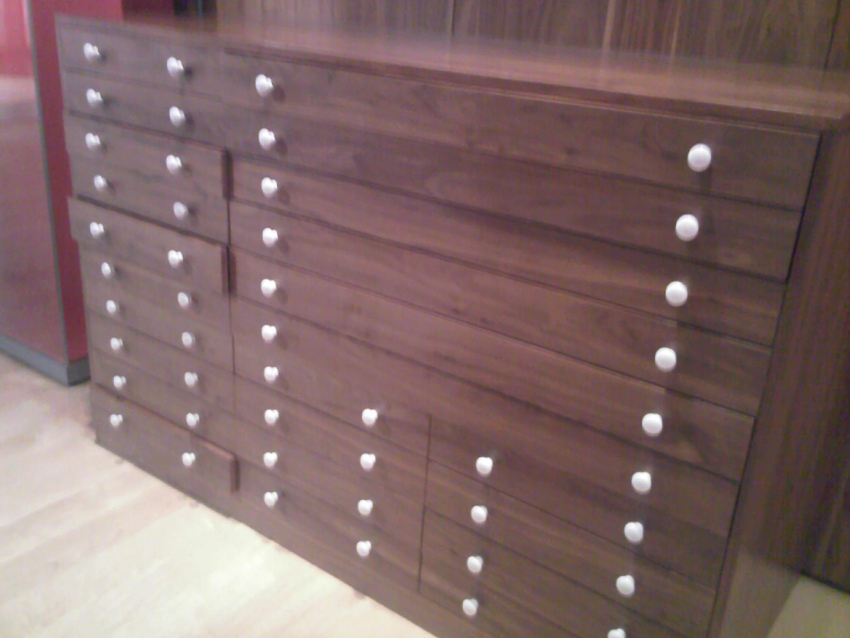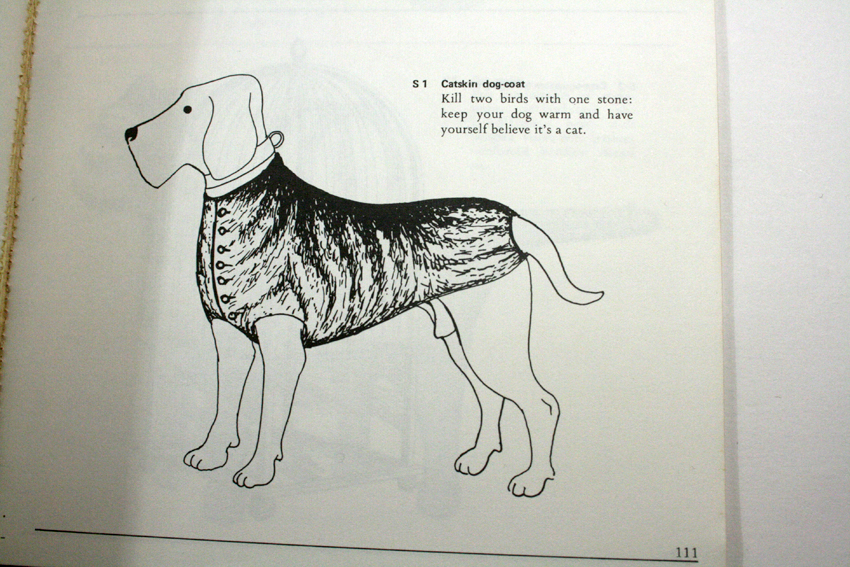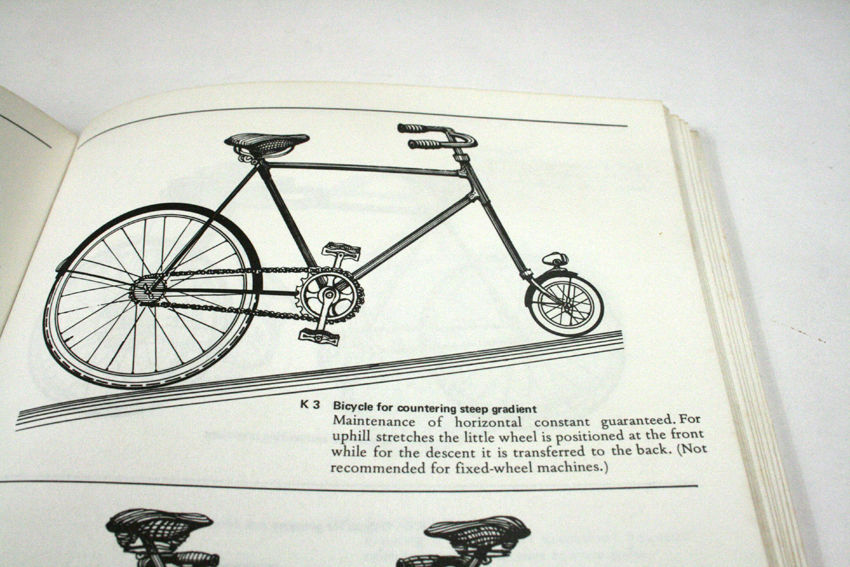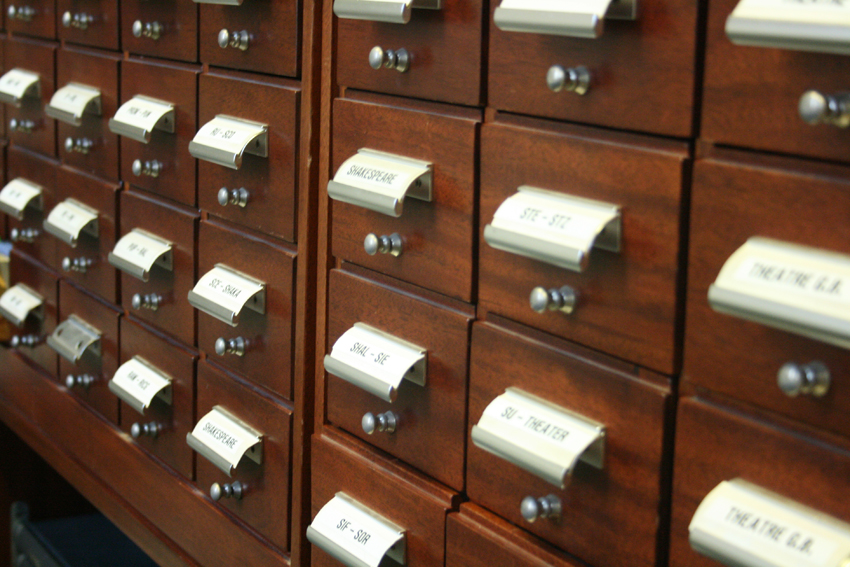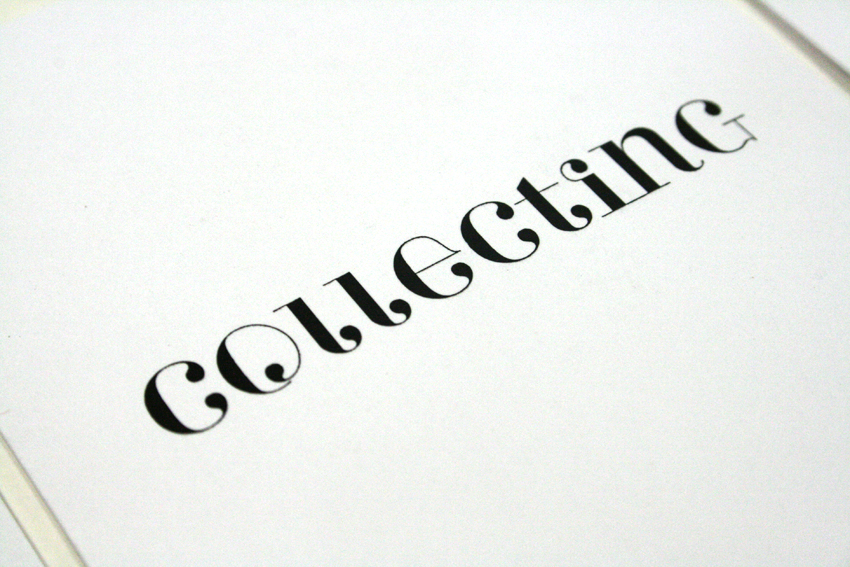The Order of Things, Michael Foucault, Vintage Books, Preface: "This book first arose out of a passage in Borges, out of the laughter that shattered, as I read the passage, all the familiar landmarks of my thought - our thought, the thought that bears the stamp of our age and our geography - breaking up all the ordered surfaces and all the planes with which we are accustomed to tame the wild profusion of existing things, and continuing long afterwards to disturb and threaten with collapse our age-old distinction between the Same and the Other. This passage quotes a ‘certain Chinese encyclopedia’ in which it is written that ‘animals are divided into: (a) belonging to the Emperor, (b) embalmed, (c) tame, (d) sucking pigs, (e) sirens, (f) fabulous, (g) stray dogs, (h) included in the present classification, (i) frenzied, (j) innumerable, (k) drawn with a very fine camelhair brush, (1) et cetera, (m) having just broken the water pitcher, (n) that from a long way off look like flies’. In the wonderment of this taxonomy, the thing we apprehend in one great leap, the thing that, by means of the fable, is demonstrated as the exotic charm of another system of thought, is the limitation of our own, the stark impossibility of thinking that."
The Cultures of Collecting, Ed. John Elser & Roger Cardinal, Reaktion Books, Ch. 9, Cabinets of Transgression, Anthony Shelton:
"Collections of Curiosity, succinctly described by Pomian as hoardings of 'rare, exceptional, extraordinary, exotic and monstrous things'."
Susan Stewart - "the collection presents a hermetic world: to have a representative collection is to have both the minimum and the complete number of elements necessary for an autonomous world - a world which is both full and singular, which has banished repetition and achieved authority."
Collecting In Contemporary Practice, Susan M. Pearce, Sage Publications, 1998,
"At any given moment, in the contemporary world western world, around a quarter to at third of all adults are willing to identify themselves as collectors (Belk 1988, see chapter 2.)"
Stewart on Collecting - "it is 'a strategy of desire' whose task is the ever-impossible effort to bridge the gap between expression and experience. (Stewart 1984: 139-169)"
"Belk and his colleagues have arrived at the following: 'We take collecting to be the selective, active, and longitudinal acquisition, possession and disposition of an interrelated set of differentiated objets (material things, ideas, beings or experiences) that contribute to and derive extraordinary meaning from the entity (the collection) that this set is perceived to constitute' (Belk et al. 1990: 8)"
To Have and to Hold, Phillip Blom, Alan Lane- The Penguin Press, 2002:
"the ideal of a cabinet of art and miracles, combining beauty with strangeness, classical form with riotous excess, scholarship with sheer curiosity."
"Only with mass production came the idea of the complete set, the full series, the vocabulary of a mentality that until then could not express itself through accumulating things according to arbitrary principles. Before this moment, collectors of art, of natural objects, of shells or coins or scientific instruments or portraits, of antiquities and of books had no way of hoping to achieve completeness. There was no complete set of Greek sculpture, no full series of exotic flowers, no last single bird of paradise to get to finish a collection, no final Raphael drawing to round things off. Collecting by way of its very nature open-ended and there were always other pieces, other examples, that could be found and added. [...] in principle the collection can be completed, can achieve its logical destiny - and consequently cause its creator the greatest trouble as his goal is achieved but his urge to continue far from satisfied."
"One way of making the world one's oyster is to reduce it the world to oyster size."
"While Opie collects inedible food (given the fact that the boxes promising nourishment are usually empty), others collect unwearable shoes, medals that were not awarded to them, [etc...]. Their uselessness vis-a-vis their previous existence, in which they had a purpose in the context of things, stands out and unifies them into collected objects, taken out of circulation and pinned up like butterflies, regarded now as specimens, as 'examples of' as links to another realm of history, of authenticity, of beauty. "
'the collectors edition, items produced explicitly for collectors and not for use [...] This is the apotheosis of consumption; the utilitarian object that is intended not to have a use, but to be placed on a shelf, skipping the phase of circulation and utilization altogether."
"A sheer accumulation of books does not constitute a library. It is also their organization, the ordering mind inhabiting and ruling them."









